The Petroff: dependable or dangerous?
The placid outwardly appearance of the Petroff Defence could easily trick one into believing that he or she could use it to enjoy a quiet draw. It isn't unusual these days to see grandmaster games that drift into this line end in quick draws. But the Petroff has been around since the times of Greco and white players have found their fair share of traps, tactics and attacking opportunities in it. Even in some of the very recent games from master practice, black players have fallen prey to brilliant attacks. So, is the Petroff really as innocuous as advertised?
How solid is the Petroff after all?
In recent years, the Petroff has built a reputation for itself of being a very reliable opening choice. Currently, a whole crop of Chinese grandmasters including Ding Liren, Yu Yangyi and Hou Yifan have the Petroff in their arsenals. Veterans like Mickey Adams and Vladimir Kramnik favour it too. And lately, even the world championship challenger, Fabiano Caruana, has been seen deploying the Petroff quite successfully.
Whether or not Caruana will stick with the Petroff against Carlsen, as Kramnik did with the Berlin against Kasparov back in 2000, remains to be seen but so far the American number one has had a fair bit of success with the opening.
The pair's meeting in the Sinquefield Cup gave us a prelude of what the Petroff might bring to the table if Caruana decides to stick to it in the match for the title. Just one round before this matchup, Caruana had raced past his rivals, beating Sergey Karjakin. Carlsen, who was trailing half a point behind, now had the chance to topple Caruana off the pole position and take the tournament lead himself. Caruana, on the other hand, would have preferred remaining solid and, quite understandably, he deployed the Petroff.
While the opening went decently for Caruana, Carlsen generated a monstrous kingside attack in the queenless middlegame that ensued. At some point, it seemed Caruana might even be on the brink of a loss. But the American, despite how grim his position looked, managed to get out alive.
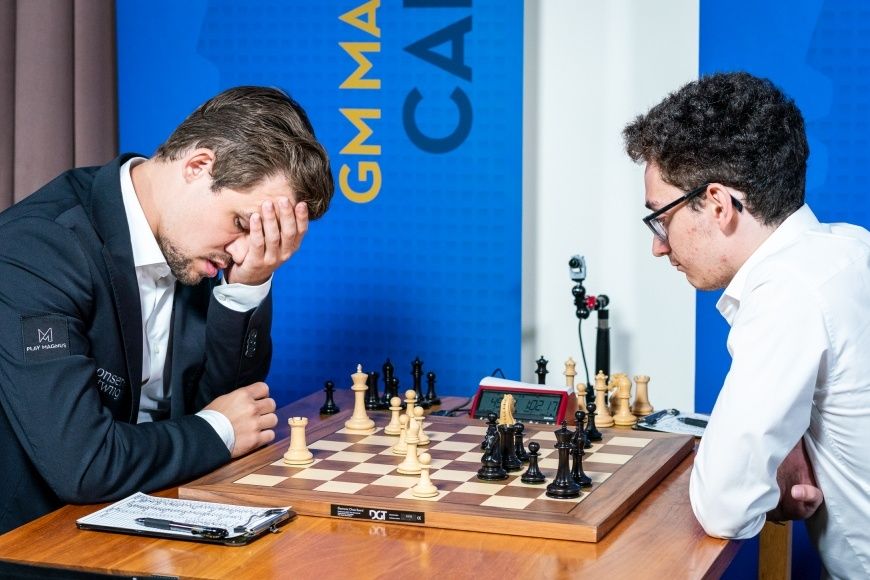
What Caruana had suffered through in his game against Carlsen did not deter him from playing the Petroff yet again in his very next game with black against Wesley So. In the final round of the tournament, Caruana was half-a-point ahead of the field and so, especially with the black pieces, splitting the point wasn’t a bad deal.
This time, the game went as desired for Caruana. Queens were off within the first ten moves and black was comfortable throughout. If anything, it was white’s d3 pawn that looked a bit vulnerable in the endgame.

One of the top Chinese players, GM Yu Yangyi was in a similar situation in the final round of the Hainan Danzhou Masters last month. Ahead of his nearest rival by half a point, he too opted for the Petroff against Sam Shankland and the game was just ‘chop, chop and draw’.

Going through these games — or at least the opening phase of these games — one might get the impression that the Petroff could easily lead to bland, drawish positions which could make the opening an ideal choice if one is playing for a draw. While this thought might not be completely wrong, it is also true that the opening has a long history to it and has been played since the romantic era.
Like in many other openings of the time, White has a fair share of traps, tactics and attacking opportunities in the Petroff. Black’s life isn’t as easy as Yu Yangyi or Caruana make it seem. And who else could demonstrate attacking possibilities better than the fourth world champion, Alexander Alekhine!
Even though Alekhine had played the above game in a simultaneous exhibition against a much weaker opponent, it does show the kind of attacking potential White holds in the opening. The next example again shows the power of the white bishops on the b1-h7 and c1-h6 diagonals. And this time it wasn’t a master versus amateur clash. White was Daniel King and Dibyendu Barua was playing from the black side. (The game, however, was played long before both players got their Grandmaster titles.)
In the final example, we will be looking at the game between David Paravyan and Saveliy Golubov from the sixth round of the Korchnoi Memorial, played about a couple of weeks ago.
After the initial moves of the Petroff, Golubov offered an exchange of queens on his 13th turn. If White had taken, the position would just have remained equal. But Paravyan declined the exchange and offered Black a pawn.
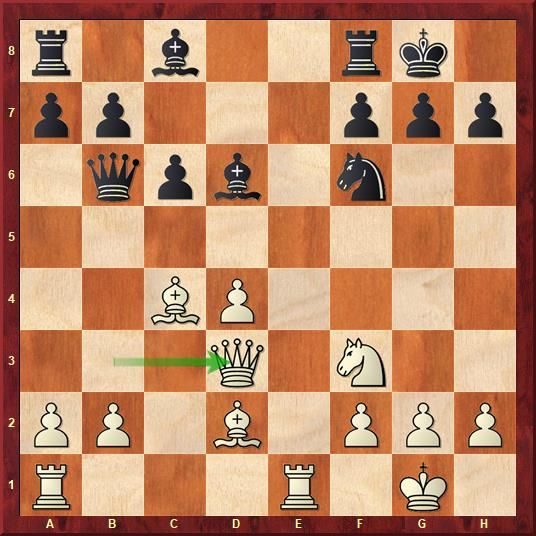
After Black took 14…Qxb2, the natural 15.Rb1 Qa3 followed, and now, White played the not-so-natural 16.Qc2. Even though there isn’t a clear queen trap here, the black queen’s shortage of squares is soon to become a major motif in the game. White brilliantly exploits this fact in combination with his kingside initiative.
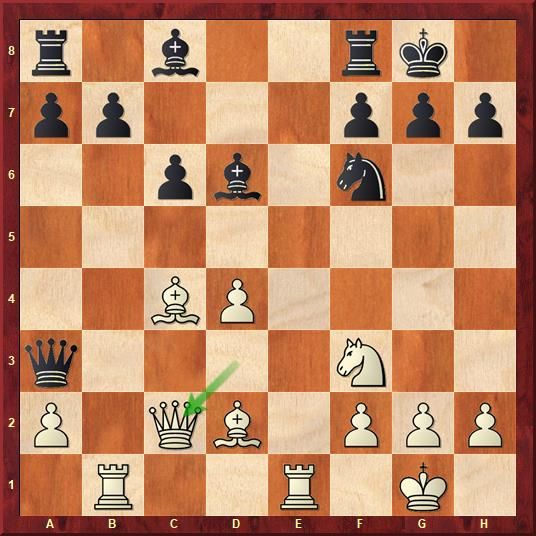
Play continued 17…Nd5 18.Rb3 Qa4 and from here on, White’s moves are utterly delightful to watch. Paravyan first got rid of the d5 knight which could have been instrumental in Black’s defence with 18.Bxd5 and after black recaptured 18...cxd5, the brilliant combination began.
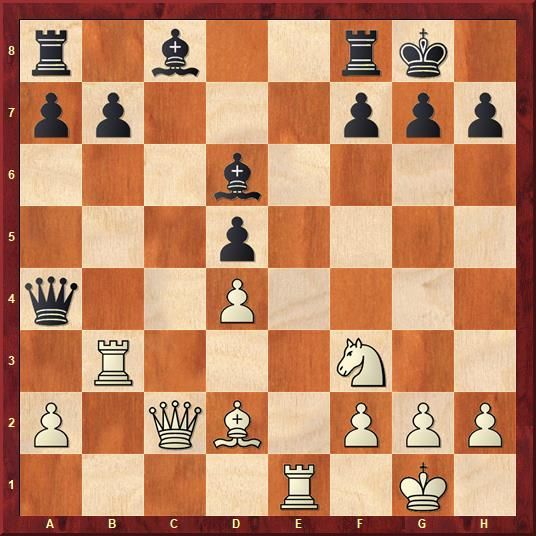
19.Ng5 g6 The threat of mate forces black to create a weakness and now White begins to drag the king out of his castle. 20.Nxh7! Bf5 21.Nf6+ Kg7 22.Bh6+ Kxf6 White exploits the fact that the black queen is misplaced.
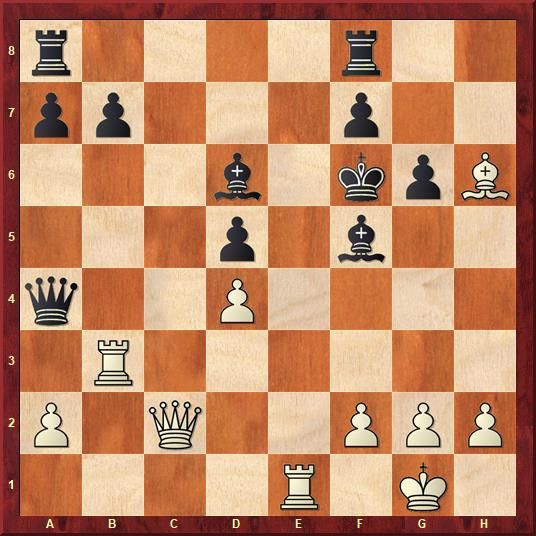
Black could not have taken on h6 or h7 because of the discovered attack on the queen with Rh3+. But perhaps 22…Kxh6 23.Rh3+ Bxh3 24.Qxa4 was black’s best try because black found himself in a mating net after the stunning 23.g4!! You take the queen and it's mate in three: 23…Bxc2 24.Rf3+ Bf4 (24...Bf5 25.g5#) 25.Rxf4+ Bf5 26.g5#. Golubov tried 23…Bf4 here but after 24.Qc7 Bxh6 25.Qe5+, the game did not last much longer.
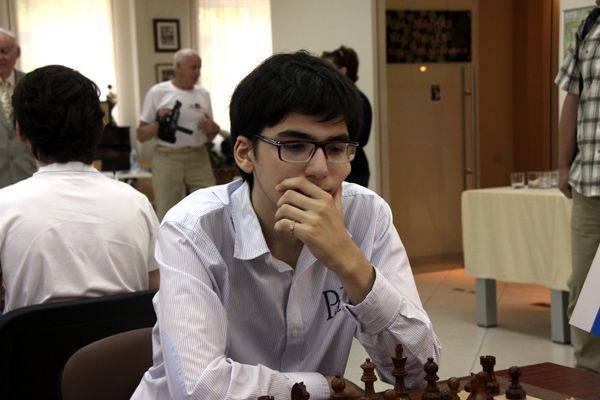
GM David Paravyan played one of the best games of the year against Saveliy Golubev at the recently concluded Korchnoi Memorial | Photo: chess.am
When one comes across games like these, one really begins to wonder if the Petroff is truly as innocuous as often advertised. Quite apparently, there are many landmines in this opening and if you’re not attentive enough while playing it, you might just step on one.
If you’d like to study the Petroff in depth, do check out GM Daniel Fernandez’s latest DVD entitled ‘The Reliable Petroff’. Here's a peek:
Links
The Reliable Petroff
About the Author

Aditya Pai is an ardent chess fan, avid reader, and a film lover. He holds a Master's in English Literature and used to work as an advertising copywriter before joining the ChessBase India team.

